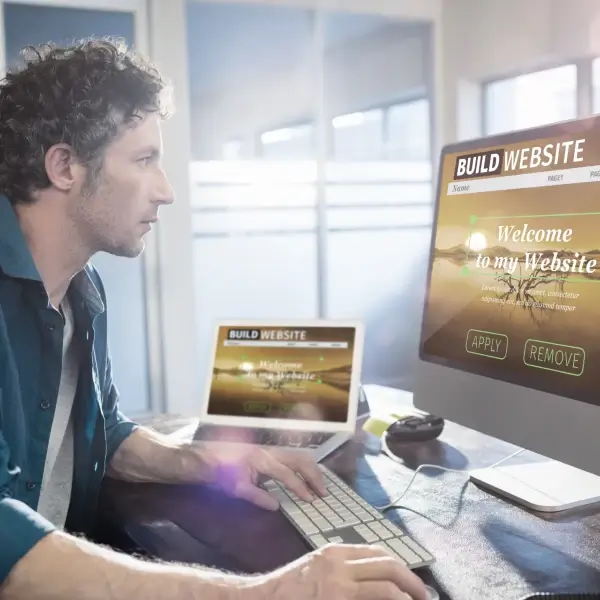Make a personal website: Essential Tips and Best Practices
Make a personal website how to start? The digital age has heralded the rise of personal websites, offering individuals a platform to showcase their skills, portfolio, and personality. Whether you’re a professional, freelancer, or someone looking to make a mark, a personal website is an unparalleled tool in the world of branding and networking. If you’re ready to make yours, here’s an SEO-optimized guide to essential tips and best practices.
1. Define Your Purpose and Target Audience
Before anything, decide why you’re creating this website:
- Personal portfolio?
- Blogging?
- Resume showcase?
- Personal diary?
Once clear, consider your target audience. Design and content should cater to those you wish to attract.
2. Choose a Memorable Domain Name
Your domain name is your digital address. It should be:
- Short and sweet.
- Easy to spell and remember.
- Relevant to your name or what you do.
For instance, if your name is Jane Doe, a domain like “JaneDoeDesigns.com” might be apt if you’re a designer.
3. Opt for Responsive Design
With an array of devices available, ensure your website looks great on all – from mobile phones to large desktop monitors. Responsive design adapts to the viewer’s device, offering an optimal viewing experience.
4. Incorporate SEO from the Start
SEO isn’t just about keywords – it’s about crafting quality content people want to read. However, sprinkle relevant keywords naturally throughout your content. Also:
- Use meta tags and descriptions.
- Implement clear, URL-friendly page names.
- Link internally between your pages.
- Regularly update with fresh content.
Start Today: How to create a website.
5. Showcase Your Best Work
If you’re using your site as a portfolio, display only your best pieces. Less is more. This not only showcases your skills but also keeps your site clean and easily navigable.
6. Use High-Quality Images
Blurry or pixelated images detract from professionalism. Opt for high-resolution photos. Also, ensure you have the rights to use these images or use royalty-free stock images.
7. Integrate Social Media
Incorporate social media buttons to enable visitors to connect with you on different platforms. This fosters deeper engagement and broadens your online presence.
8. Include a Contact Form
Make it easy for visitors to reach you. A contact form, apart from your email and phone number, adds a professional touch and encourages interactions.
9. Speed Matters
Nobody likes a slow-loading website. Invest in good hosting, optimize images, and use tools like Google’s PageSpeed Insights to keep things swift.
10. Regularly Update and Backup
Your personal website should grow with you. Regularly update it with fresh content, new accomplishments, or portfolio pieces. Also, ensure regular backups to prevent any data loss.
11. Get Feedback
Before officially launching, ask friends or professionals in your field to review your site. Constructive criticism can help improve user experience and design.
In Conclusion:
Crafting a personal website is an exciting journey, an amalgamation of your professional and personal worlds. With these SEO tips and best practices, you’re on your way to making an impactful online impression. Remember, the digital realm offers endless possibilities. Make the most of yours!
More About: Most popular ecommerce platforms.









